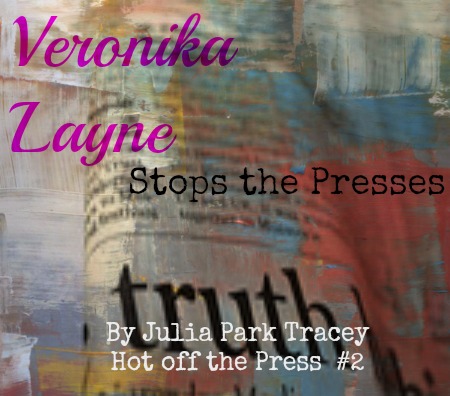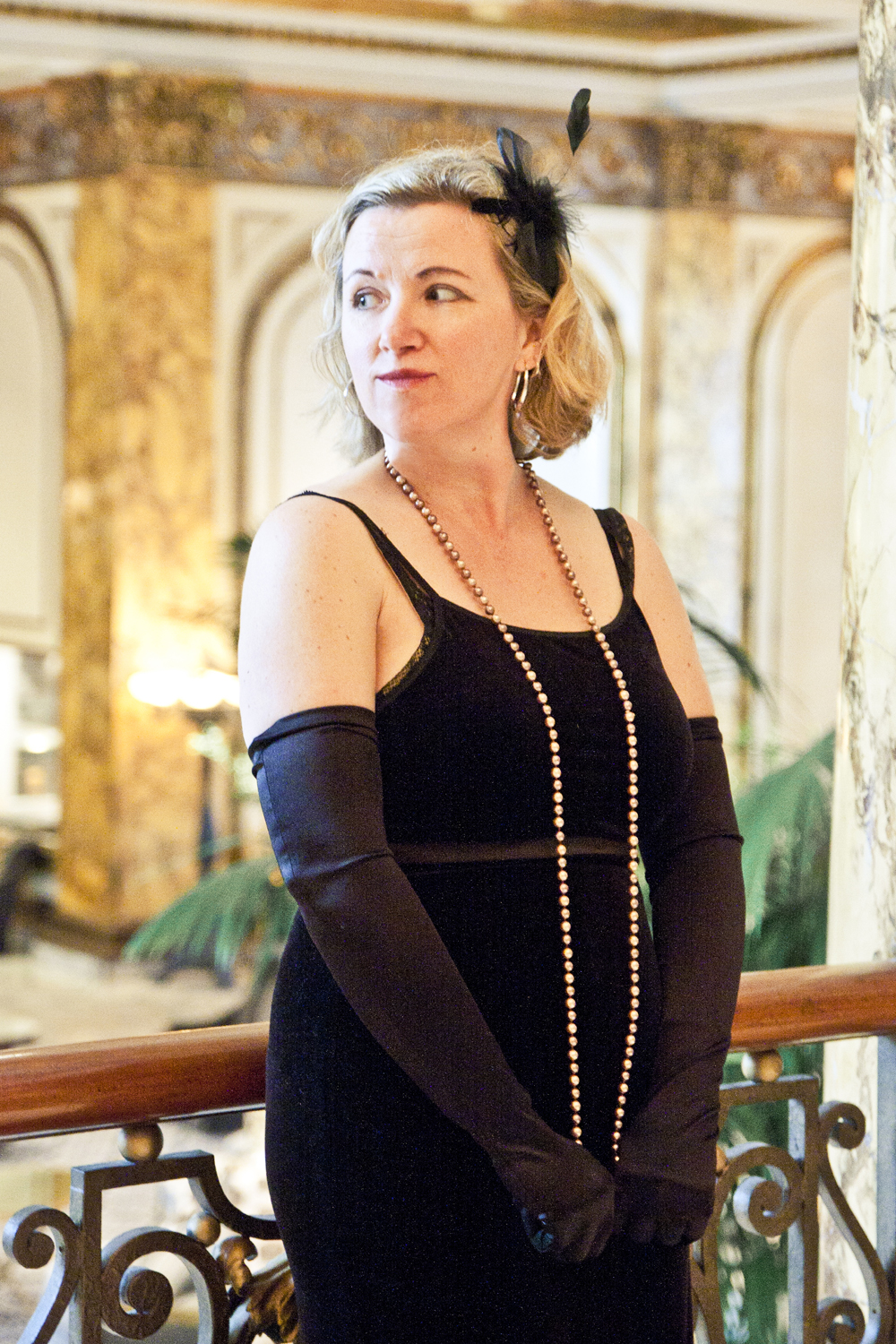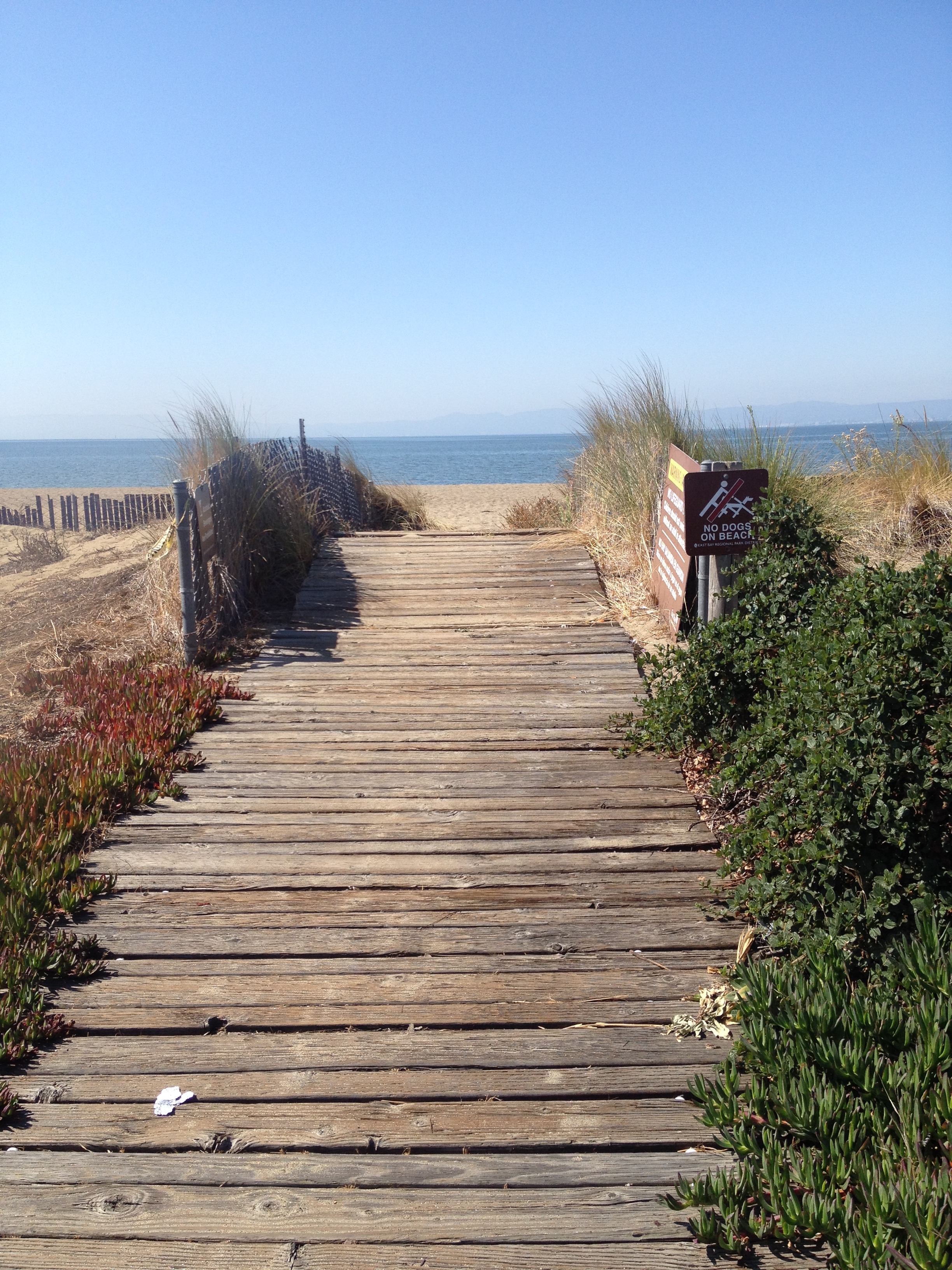Uncategorized
- Catching Up, family, Gold Country, History, House, preservationista, renovations, This Old House, Uncategorized
Living History
We’ve been in the 1880s house for a little over a year now, and have gotten to know her creaks and groans. We lost a housecleaner who felt a ghostly presence in the upstairs bedroom. I’ve found hundreds of pennies in the dirt and grounds, mementos perhaps of the previous owner, Penny, who passed away just as we were taking possession of the house. We have been visited by neighbors who have rejoiced at the resurrection of this old house, from its decrepitude to its new life as our home. And we have lived through a year in real seasons, with snow, heat, power outage, wildfire, and autumn colors. We…
-
Latest Vision
My apologies for the long silence. When last I wrote here, we had moved to the country and my husband was seriously disabled by his back injuries; he retired and we left the busy East Bay for Wine Country-quiet. I have been working on several projects in that time, namely my historical novel about the Orphan Train mama who lost her children and set about getting them back. That novel is in revisions and needs another deep dive. (Not this week, she said, juggling several pins, but one of these days soon.) Another sideline has been our cabin, the Crow’s Nest, which we renovated from the studs out, and welcomed…
- appreciation, authors, Books, family, freelance, random, rants, The Doris Diaries, Travel, Uncategorized, work, writing
How is This Possible? Coincidences and Other Disasters
I spend a lot of my time howling the cosmic yawp into the blue beyond. It looks, to mortal eyes, like I’m making lunch and beating a deadline and running errands and remembering to put out the trash cans. But I assure you, a goodly portion of every day is given over to caterwauling (mostly in my inside voice but not always) on the WHY of everyday living. The WHY of how did we get here? The WHY of how can X be happening? I’m old enough to know better. I am hitting that midpoint in life. I have successfully raised 4.9 kids (just 1 year left on #5). We…
-
The Cause of Conscience: Go Set a Watchman (Book Review, Part 1)
(WARNING: Spoilers) I have never read To Kill a Mockingbird. This is cause for alarm among you many literate people, but you needn’t think me unlettered. In high school I read Poe, Shakespeare, JD Salinger and Carson McCullers; lots of plays, many short stories, and certainly some fat summer beach reads, too (The Thorn Birds, Jaws, Roots, Shogun and Hotel, to name a few). In college I majored in journalism and had no cause for deep American reading, and no affinity for Southern lit, but I did read Flannery O’Connor and William Faulkner. I went on to study early 20th-century British literature for my master’s degree, and drank my fill…
-
Don’t think it strange —
I’ve been on the hunt for a fountain pen. I had one around here somewhere, I swear, but of course it’s gone, like the rest of my mind when I want to find something. I am the proud owner of not just one, but two feather quills with filigree silver points, but I don’t exactly want that kind of ink experience. Somewhere, back in the beyond, I once owned a Montblanc pen, not top of the line, but a fine instrument. And it has gone the way of all things I used to have: into the nevernever of my attic, lost in my old desk at work, left behind at…









